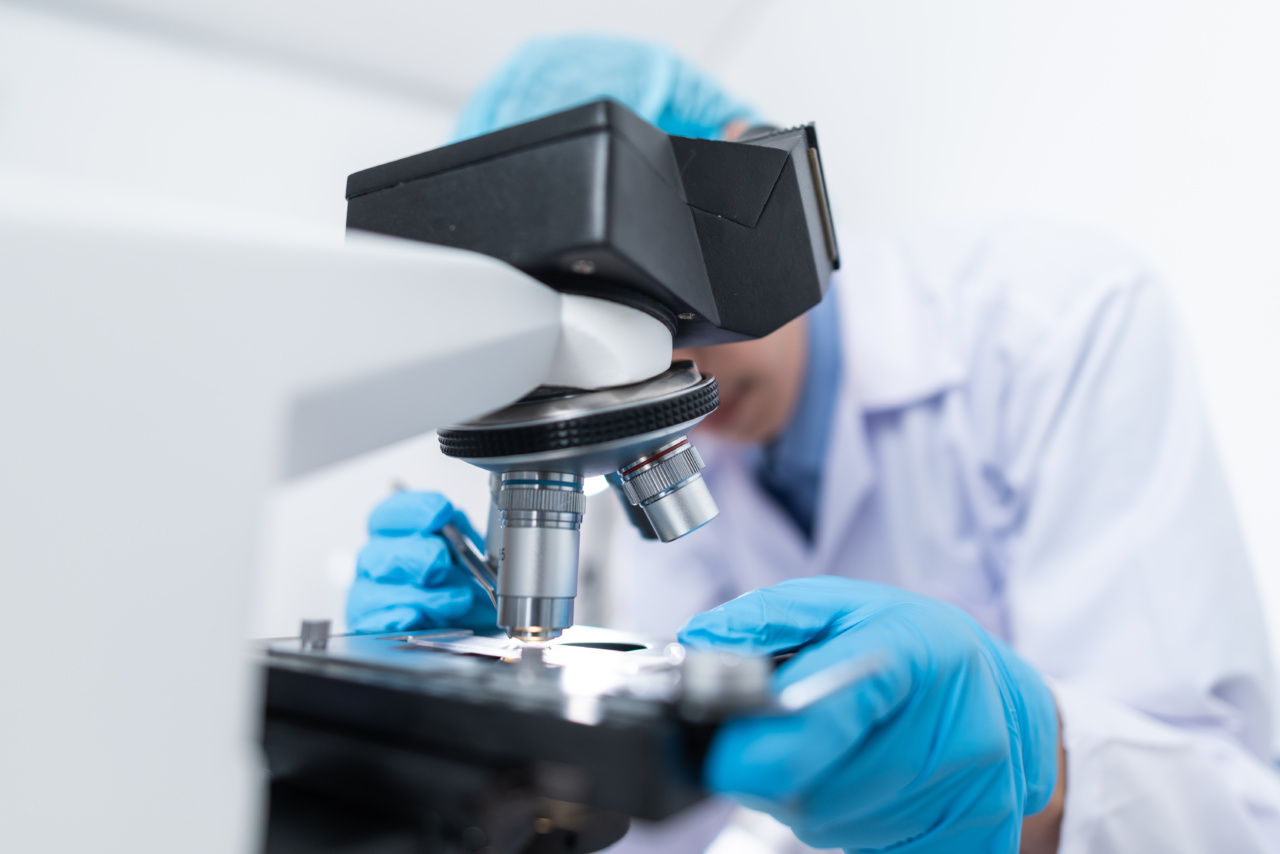Homocysteine is an amino acid that is produced in the body during the metabolism of methionine, another amino acid found in proteins.
While low levels of homocysteine are necessary for normal body functions, high levels have been associated with an increased risk of developing chronic diseases.
The Role of Homocysteine in Cardiovascular Disease
Studies have shown that elevated levels of homocysteine in the blood can damage the lining of blood vessels, leading to atherosclerosis and an increased risk of cardiovascular disease.
High homocysteine levels can also promote blood clotting, making it more difficult for blood to flow through arteries and increasing the risk of heart attacks and strokes.
Homocysteine and Neurological Disorders
Not only does high homocysteine levels contribute to cardiovascular disease, but it has also been linked to various neurological disorders, including Alzheimer’s disease, Parkinson’s disease, and dementia.
Researchers believe that homocysteine may cause damage to brain cells, impair memory and cognitive function, and increase the risk of neurodegenerative diseases.
Homocysteine and Osteoporosis
Individuals with elevated homocysteine levels may have an increased risk of developing osteoporosis, a condition characterized by weak and brittle bones.
High levels of homocysteine have been shown to interfere with the formation of collagen, a major component of bone tissue. This can lead to a reduction in bone density and an increased risk of fractures.
Homocysteine and Pregnancy Complications
Pregnant women with high homocysteine levels may face an increased risk of complications such as preeclampsia, gestational diabetes, and fetal growth restriction.
Homocysteine can impair blood vessel function, leading to reduced blood flow to the placenta and potential harm to the developing fetus.
Causes of Elevated Homocysteine Levels
Several factors can lead to elevated homocysteine levels in the body. These include:.
1. Inadequate intake of B vitamins
Homocysteine metabolism relies on vitamins B6, B12, and folate. Insufficient intake of these vitamins can lead to decreased breakdown of homocysteine, resulting in its accumulation in the blood.
2. Genetic mutations
Some individuals may inherit genetic mutations that impair the body’s ability to effectively metabolize homocysteine, leading to increased levels.
3. Certain medical conditions
Medical conditions such as hypothyroidism, kidney disease, and psoriasis can disrupt homocysteine metabolism and cause elevated levels.
4. Unhealthy lifestyle choices
Smoking, excessive alcohol consumption, and a diet high in red meat and low in fruits and vegetables can contribute to elevated homocysteine levels.
Managing Homocysteine Levels
Fortunately, there are several ways to manage and reduce homocysteine levels in the body:.
1. Increase intake of B vitamins
Consuming foods rich in vitamins B6, B12, and folate, such as leafy greens, legumes, and fortified cereals, can help support homocysteine metabolism and reduce elevated levels.
2. Quit smoking and limit alcohol intake
Smoking and excessive alcohol consumption can both contribute to elevated homocysteine levels. Quitting smoking and moderating alcohol intake can help lower homocysteine levels and reduce the risk of chronic diseases associated with its elevation.
3. Adopt a healthy diet
Opting for a diet rich in fruits, vegetables, whole grains, and lean proteins can promote homocysteine metabolism and decrease its concentration in the body.
4. Consider supplements
In cases where dietary modifications are insufficient, doctors may recommend supplements containing vitamins B6, B12, and folate to help lower homocysteine levels.
Conclusion
Elevated levels of homocysteine in the body can contribute to the development of chronic diseases, including cardiovascular disease, neurological disorders, osteoporosis, and pregnancy complications.
However, lifestyle changes such as consuming a balanced diet, increasing intake of B vitamins, quitting smoking, and moderating alcohol consumption can help manage and lower homocysteine levels, reducing the risk of associated diseases.






























